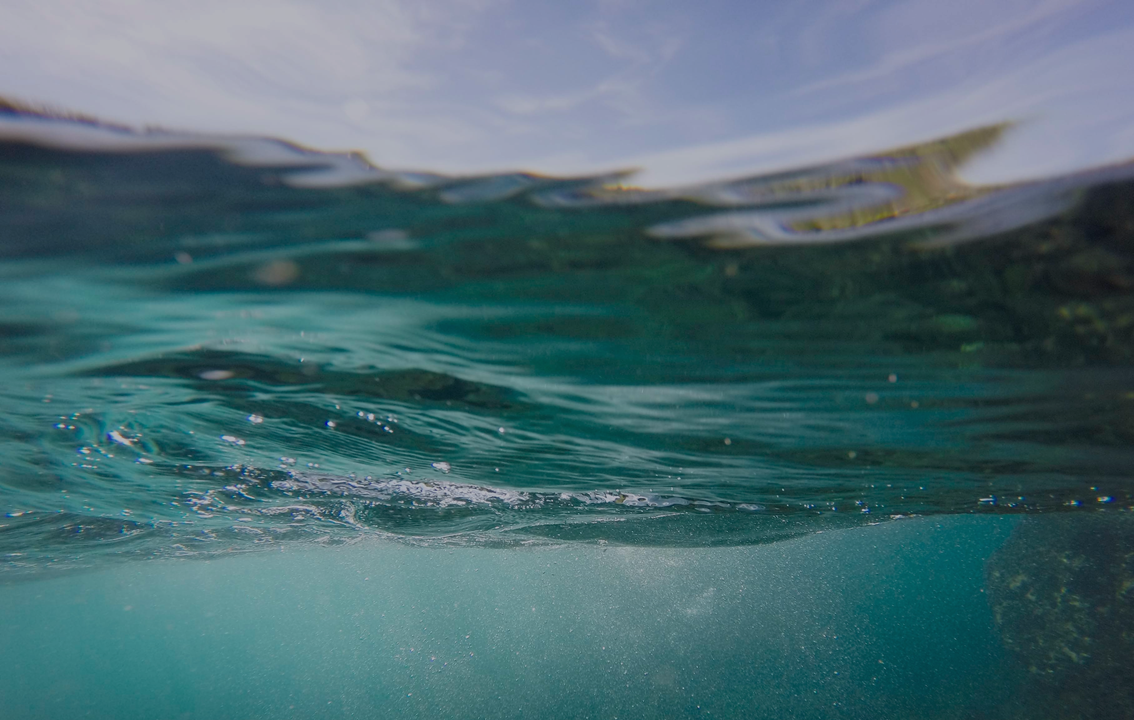
|
The need to understand the current state of the ocean and respective impact on climate has caused an increasing trend to closely monitor the World Ocean over the years.
Oceans play a central role in our lives, as they drive global weather systems, which affect fishing and agriculture, but also are key factors in hazardous phenomena such as hurricanes, extreme heat and cold events, or floods. Thus, it is imperative to monitor ocean and coastal areas, and to assess or in some cases predict their impact on our society.
There is much about the World Ocean that we still don’t know though. The reasons behind it are related to the fact that ocean data is very scarce and expensive. Different technologies have been used to collect this data, from remote sensing to in situ ocean sensors. Yet, there are several challenges to consider and solve, before an effective and accessible collection of coastal and ocean in situ data is achieved.
Remote Sensing has greatly increased the amount of ocean data available, and recent advances in this area have also resulted in substantial gains in data quality and reliability. However, remote sensing is not enough to collect data on all the relevant ocean variables, since it only covers the surface of the oceans, with temporal and spatial gaps. For this reason, in situ observing and monitoring systems still remain key to monitor and study the Ocean.
Indeed, in situ data is critical for a complete understanding of the oceans. In situ sensors have the ability to gather meaningful data, such as wave and current dynamics, seawater temperature, among others, in a much wider coverage than remotely sensed data. For this end, many research activities have been conducted to further develop ocean-observing devices, such as wave-actuated devices, surface drifters, sun-powered electrical drives and others. However, the commercial exploitation and wide acceptance of these developments has been typically associated with high costs, and complex technologies. Over the last years this has been translated into a need to develop innovative low-cost solutions to expand ocean observing in situ solutions.
In Europe, there are currently several initiatives aiming at fostering the growth of in situ data availability. The European Commission (EC) is promoting the emergence of new technologies and tools to gather ocean in situ data, under H2020 research program, with MELOA being one of the contributions to innovate and to contribute to this effort.
Interested in learning more about MELOA? Get in touch!
Subscribe to our annual newsletter, and follow us on social media!
18/12/2018 |